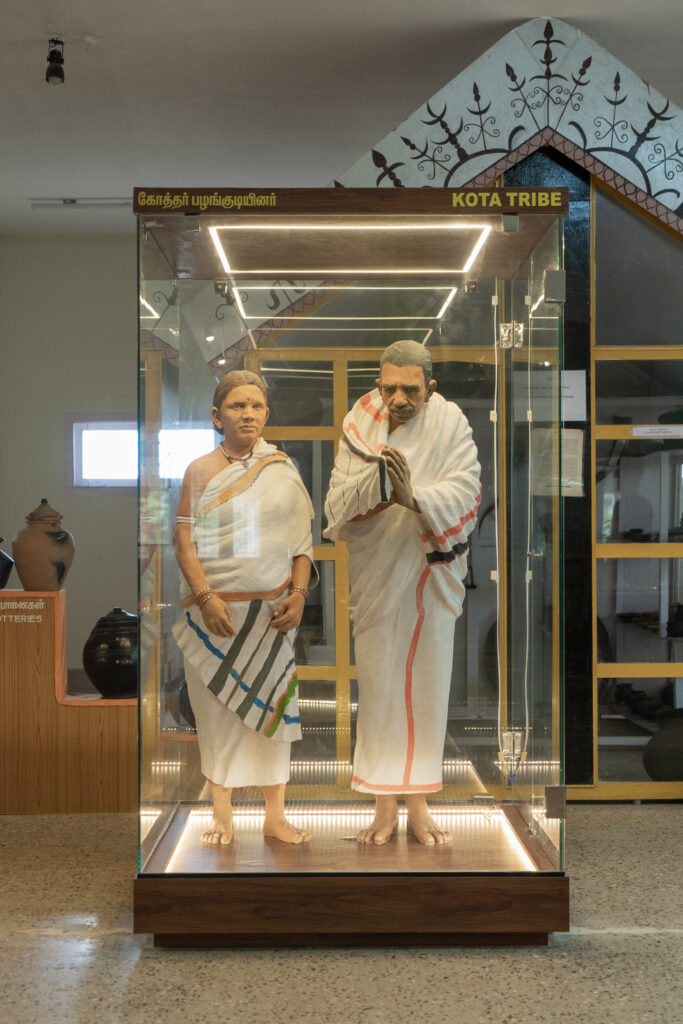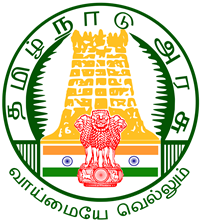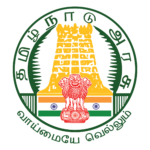Ethnographic Profile of Kota
 Origins and Geographical Spread:
Origins and Geographical Spread:
The Kota is the Scheduled Tribe inhabiting the mountainous district of the Nilgiris in Tamil Nadu. According to the 1961 Census, their total population was 1112 distributed in seven villages of the Nilgiris district, while the 2011 Census shows it to be 2024, indicating a low population growth. They were created from drops of God’s (Aynor and Amnoor). They are called in different names like Kov,Kota Kotas, Koter etc.
Language:
The Kota speaks Kota, a Dravidian language among themselves and Tamil with others.
Physical Character:
The Kota are characterized by their short to medium stature, dolichocephalic head with leptoprosopic to mesoprosopic faces, mesorrhine nose, flat wavy to broad wavy hair, slight imperceptible brow ridges, shallow to medium nasal depression and medium occipital protrusion (Basu and Gupta, 1962). The mean height of the males is 1613.11 mm and that of the females is 1491.56mm which is 92 per cent of the male height. The mean sitting height is 839.99 mm for males and 777.64 mm for females.
Food System:
The Kota are non-vegetarians, who eat buffalo meat but not pork. Their staple food items are millets, rice and pulses. They consume all available alcoholic drinks.
Primary Economic Activity:
Agriculture is the major occupation of most of Kota. They grow potatoes, ragi and vegetables. They also run private dairies and sell the milk to cooperative societies. They all had a talent in arts and Kota proved to be an artistic blacksmith, musician, hunter, potter, rope and umbrella-maker.
Art and Music:
They worship the God Aynor and Amnoor annually in the month of January. On this occasion all the men and women go to an open ground in a procession and dance. Apart from these deities they worship Krishna Lakshmi and Saraswathi.
Special Characteristics and Development Scheme:
The Kota has a local village organization as well as their own council known as koot. The head of the Under the Tribal development programme, the Kota of Trichagadi was given one acre of patta land. Fifty houses were also constructed for them. About twenty of these houses were given electricity free of charge. They are provided with protected water through a pipeline. Fifty families obtained cows free of cost. They also received agricultural implements, fertilizers, seedlings on subsidy and free of cost to help them with their farming. Essential commodities are supplied to them through the Girijan Cooperative Society. There is a tribal residential school up to the fifth standard. For high school they have to go to Tumeni, four kilometers away. The most perceptible change among the Kota can be noticed in the sphere of public health due to the introduction of a primary health center. This medical unit has contributed to the improvement in health and hygiene among the Kota by providing modern medicines to the ailing. They are aware of family planning methods.


